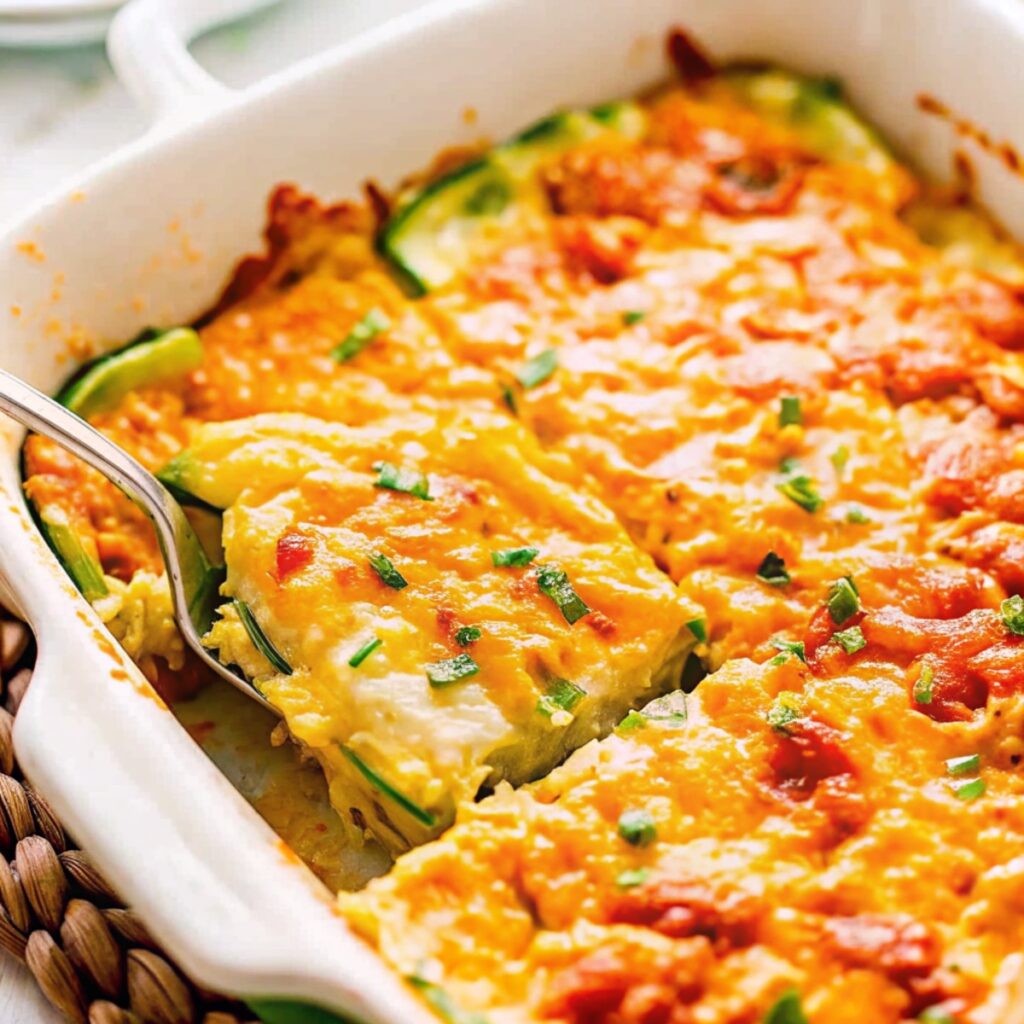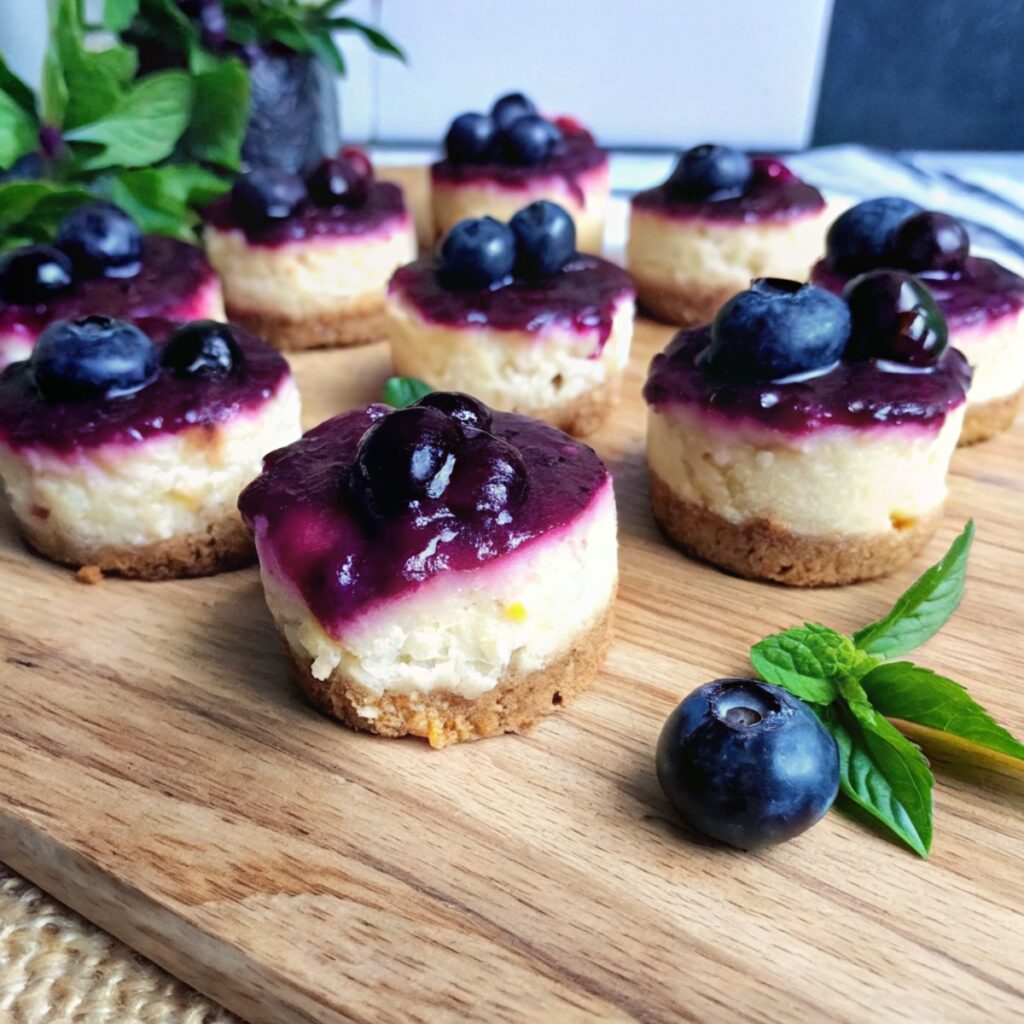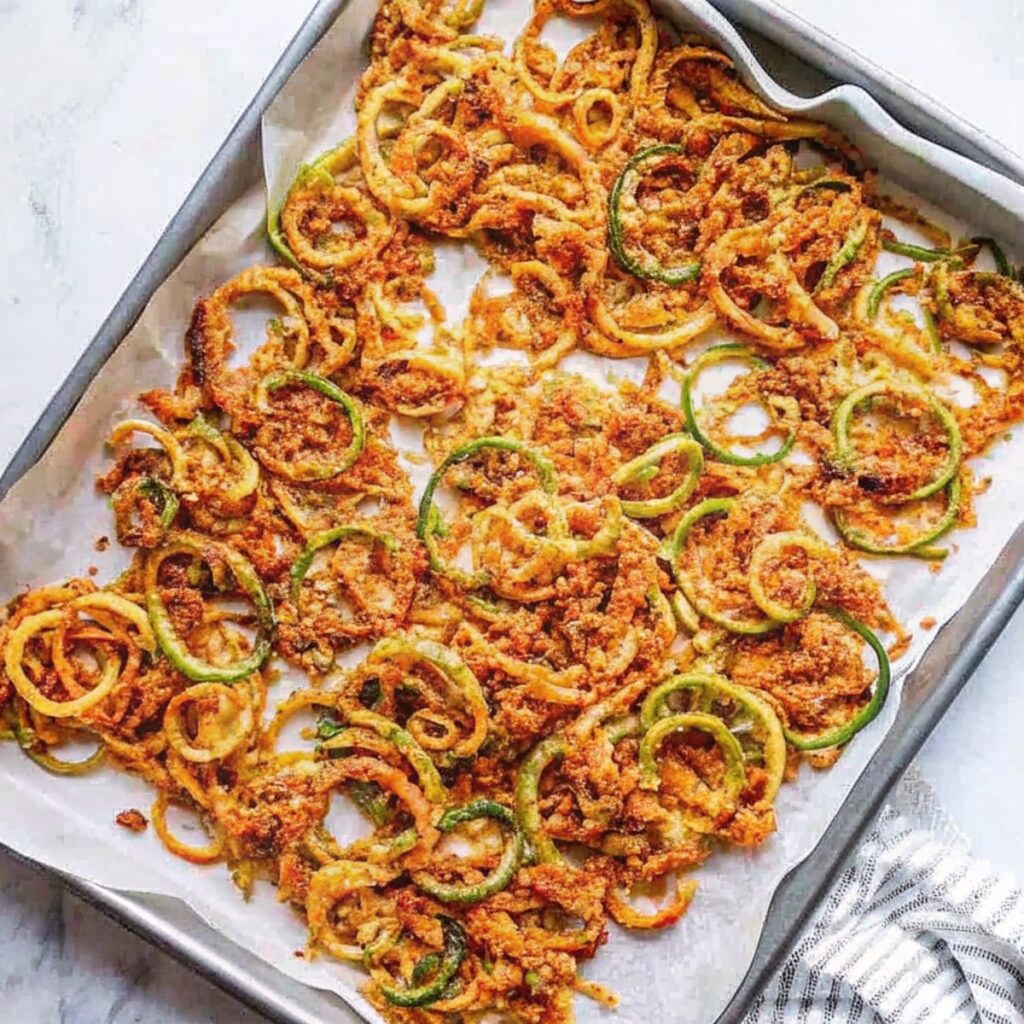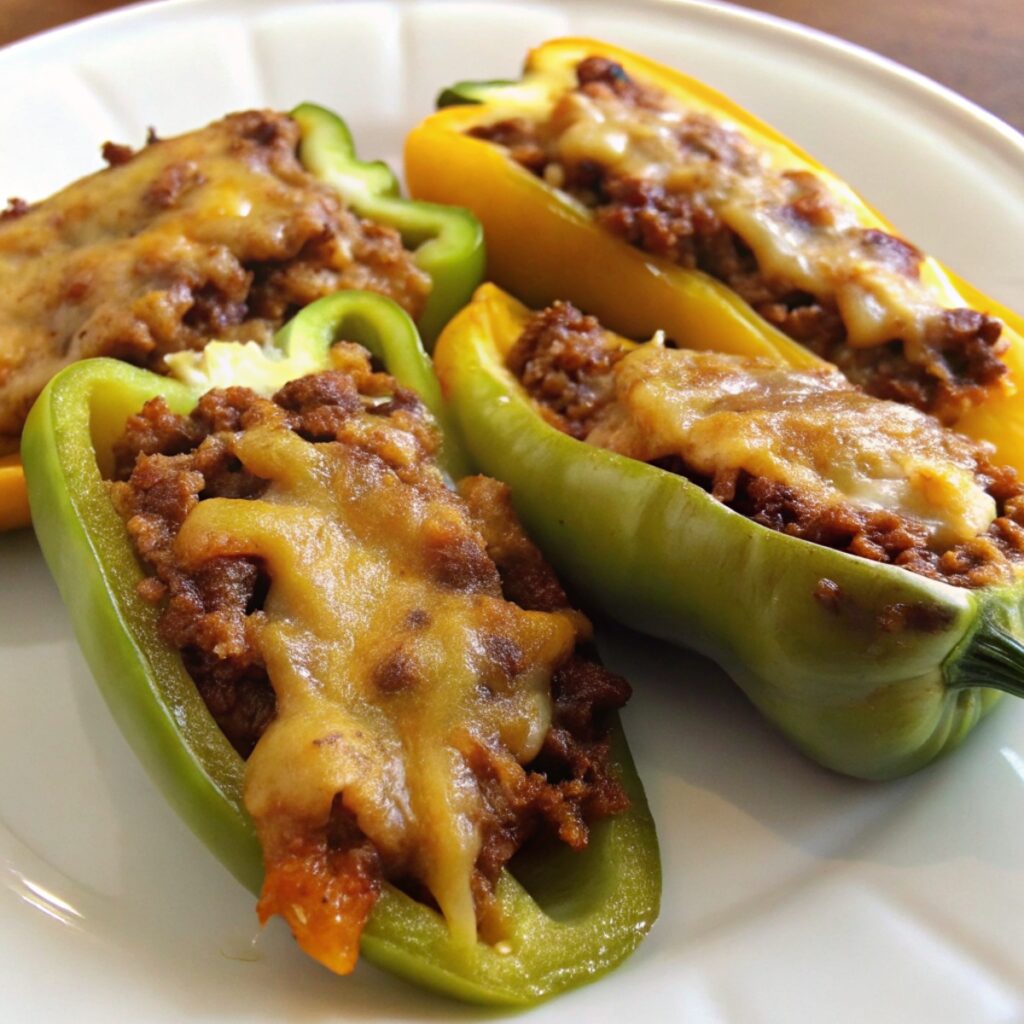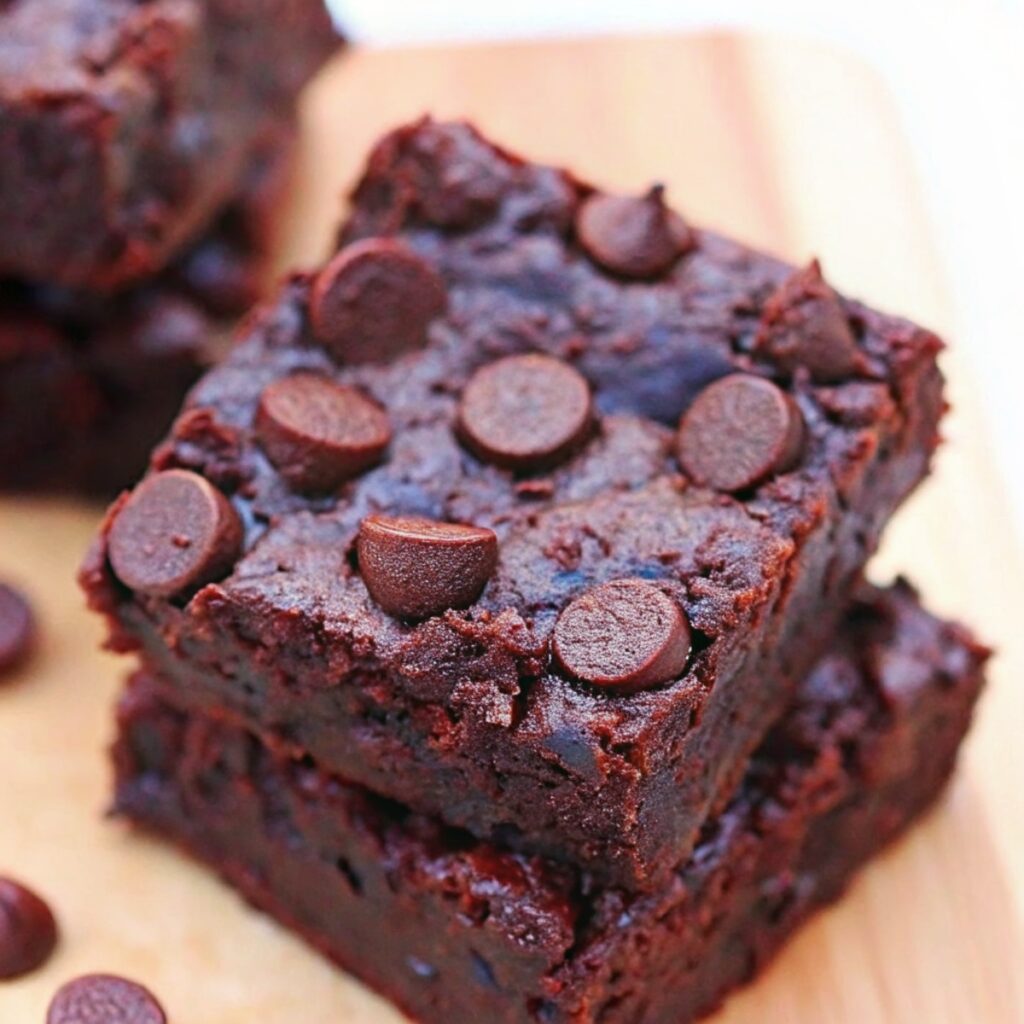What’s the biggest difference between your food and the food at your favorite restaurant? Most likely, it’s the stock. Good restaurants have several huge cauldrons of freshly made stock bubbling all day, every day, waiting to be incorporated into nearly every dish they serve in one way or another. It’s real stock, made in large quantities from real bones, vegetables and seasonings. Good stock is what makes food taste special.
I’m going to show you how to make a dark veal stock, which is highly versatile, but the same concepts can be applied to any bunch of bones you have laying around. This is not the stock you would find in the kitchen of a 2 or 3 Michelin-starred restaurant, but it’s serviceable – and way better than the boxed stuff.
Stock comes from the stuff we often don’t eat. You’ll need a lot of bones, scraps and other cast-offs to make really good stock. Where do you get all of that? Well, you basically have two options.
Option 1: Cook Things That Have Bones
Start cooking with larger pieces of meat and save up the bones. Do your own butchering. Buy whole chickens (and not the huge, chemically fattened ones at the supermarket) and keep the carcasses in plastic bags in the fridge or a chest freezer until you have a lot of them for stock. Purchase larger pieces of red meat on the bone and cut them down yourself. It’s efficient because you eat the meat and then use the bones later.
Option 2: Buy Meaty Bones
Cooking a lot of chickens is do-able, but you might not be ready to go out and buy gigantic pieces of cow or pork on the bone. To find a good local source of larger bones, you will have to use a tool many of us have all but forgotten: the phone. Butchers don’t often have all of their products online. Many don’t have anything online at all. Start calling local butchers and talk to them. It took me three calls to locate veal bones for sale. When I got to the store, he actually also had veal stock and veal demi-glace for sale which was a great find. Call the butchers and ask for beef, veal or chicken bones. Let them advise you on the best bones to use. A good butcher can be your best friend.
Bones seem to be going at about $2/lb for beef, $3-4/lb for veal where I live. I have heard of people getting them cheaper elsewhere, so call around for the best price.
Making the Stock
I would suggest starting with dark veal or chicken stock. These two are very versatile. Beef stock is also great for french onion soup and combining with other stocks. Pork, duck and fish stocks are definitely more limited, but necessary for some dishes. Luckily we can cheat and make most of these out of a good dark veal or chicken stock. So, basically, if you make chicken or veal stock regularly and keep a stash of it (and the resulting demi-glace) in your freezer, you’ll be in good shape and able to convert this stuff to just about any other type of stock.
I purchased a big 10 lb bag of veal bones locally. As I said above, stock can be made with any bones, but chicken and veal bones are very versatile. I’ll be making a dark veal stock. To make “white” stocks (for certain soups, clear broths, etc) do not roast anything, just simmer ingredients. Dark veal or chicken stock can be easily converted into sauce for other meats by adding the demi and a little extra stock or water to a pot along with roasted bones and scraps of meat from the lamb, duck or pork and simmer for an hour, reduce, then strain.
And now, without further nonsense… a master stock recipe for Veal, Beef, Chicken, or just about any stock:
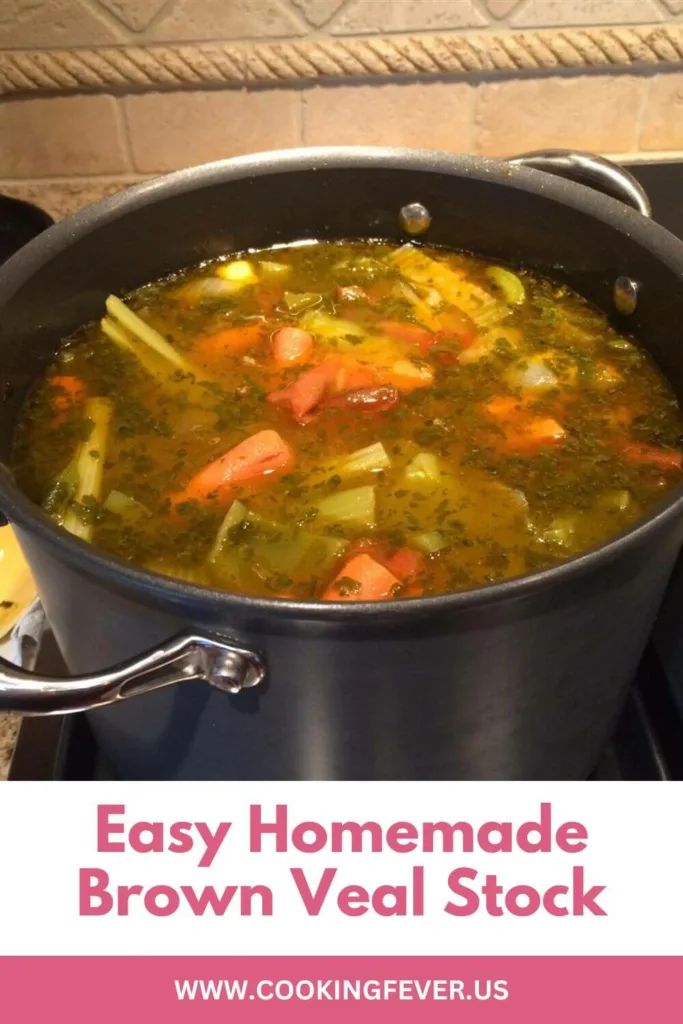
Stock Master Recipe
Equipment
- Large heavy bottom pot or pots (16-20 qt or more)
- Colander
- Fine strainer
- Cheesecloth
- Roasting pans (if roasting)
Ingredients
- As many bones as will fit into a large heavy bottomed pot (perhaps 10 lbs for a 20 qt pot) – scraps of meat attached
- Tomato paste if roasting
- Flour if roasting
- Vegetables totaling 1/3 the volume of the bones: 50% white onion 25% carrots, 25% celery – peeled and washed
- 3 sprigs thyme 12 peppercorns, 2 bay leaves
- Half a head of garlic no need to peel
Instructions
- Preheat oven to 350f.
- Wash and dry the raw bones. Place the bones on a roasting pan and toss them with a few spoonfuls of tomato paste and flour. Chop vegetables into rough chunks and place on separate pan.
- Roast both pans until everything is browned – watch out for black spots, avoid by turning the bones and vegetables.
- Dump bones and vegetables into a large pot and fill with cold water. Add the thyme, peppercorns and bay leaves.
- Simmer gently until reduced to desired concentration, perhaps 7 hours for beef or veal, 5 hours for chicken. Stir gently during cooking and skim off any scum or oil that appears.
- Lift out the bones and vegetables, pour through colander (to remove large solids) into another container, then pour through a fine strainer, and finally cheesecloth as many times as possible to remove all solid particles from the stock.
Cheating: Some of you will read through this entire post, inspired and enlightened as you are, and think “what are the other options?” As I’m sure the question will come up; Boxed chicken stock is marginally acceptable, better than broth. Low sodium chicken broth can work for some simple uses like a quick pan sauce, but is really too wimpy to be used as a serious base. Beef broth from cans is disgusting. Just don’t use it.
As for prepared demi-glace, a decent brand is D’artagnan which is sold in refrigerated tubs (my butcher carries it and I’ve seen it in some grocery stores) and it isn’t a bad way to keep some real glace on hand. Check with your butcher, they may regularly make stock and demi-glace and may have their own stuff for sale.
